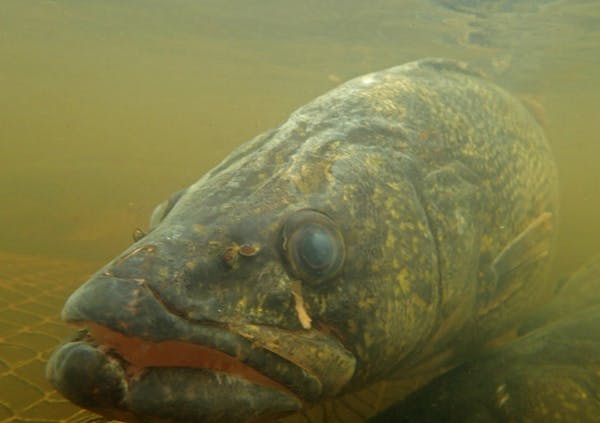Tuesday was the 114th anniversary of the National Wildlife Refuge system, the world's largest network of land and water set aside for the benefit of thousands of species of fish and wildlife, and to provide recreation for people.
Totaling about 850 million acres, the refuge system was founded in 1903 by President Teddy Roosevelt, who set aside Pelican Island, Fla., as the nation's first wildlife sanctuary. Overseen by the U.S. Fish and Wildlife Service, the refuge system comprises seven national monuments (two marine), 566 wildlife refuges and 38 wetland management districts.
Every state and U.S. territory has at least one national refuge; Minnesota has 13, as well as eight wetland management districts.
Refuges contribute about $2.4 billion each year to the national economy, according to the Fish and Wildlife Service, part of an almost $150 billion economy supported by hunting, fishing and other outdoor pursuits.
About 50 million people visit national refuges each year, with admission nearly always free. Hunting, fishing, wildlife photography, environmental education, wildlife observation and interpretation are allowed on many refuges.
"Refuges offer a place where families can carry on cherished outdoor traditions while making the important connection between people and nature," Interior Secretary Ryan Zinke said in a news release Tuesday. "It worries me to think about hunting and fishing becoming activities for the land-owning elite. Refuges are an important part of making sure that doesn't happen."
Minnesota refuges are: Agassiz National Wildlife Refuge; Big Stone National Wildlife Refuge; Crane Meadows National Wildlife Refuge; Glacial Ridge National Wildlife Refuge; Hamden Slough National Wildlife Refuge; Mille Lacs National Wildlife Refuge; Minnesota Valley National Wildlife Refuge; Northern Tallgrass Prairie National Wildlife Refuge; Rice Lake National Wildlife Refuge; Rydell National Wildlife Refuge; Sherburne National Wildlife Refuge; Tamarac National Wildlife Refuge, and Upper Mississippi River National Wildlife and Fish Refuge.
Wetland management districts are: Big Stone Wetland Management District; Detroit Lakes Wetland Management District; Fergus Falls Wetland Management District; Litchfield Wetland Management District; Minnesota Valley Wetland Management District; Morris Wetland Management District; Tamarac Wetland Management District, and Windom Wetland Management District.
